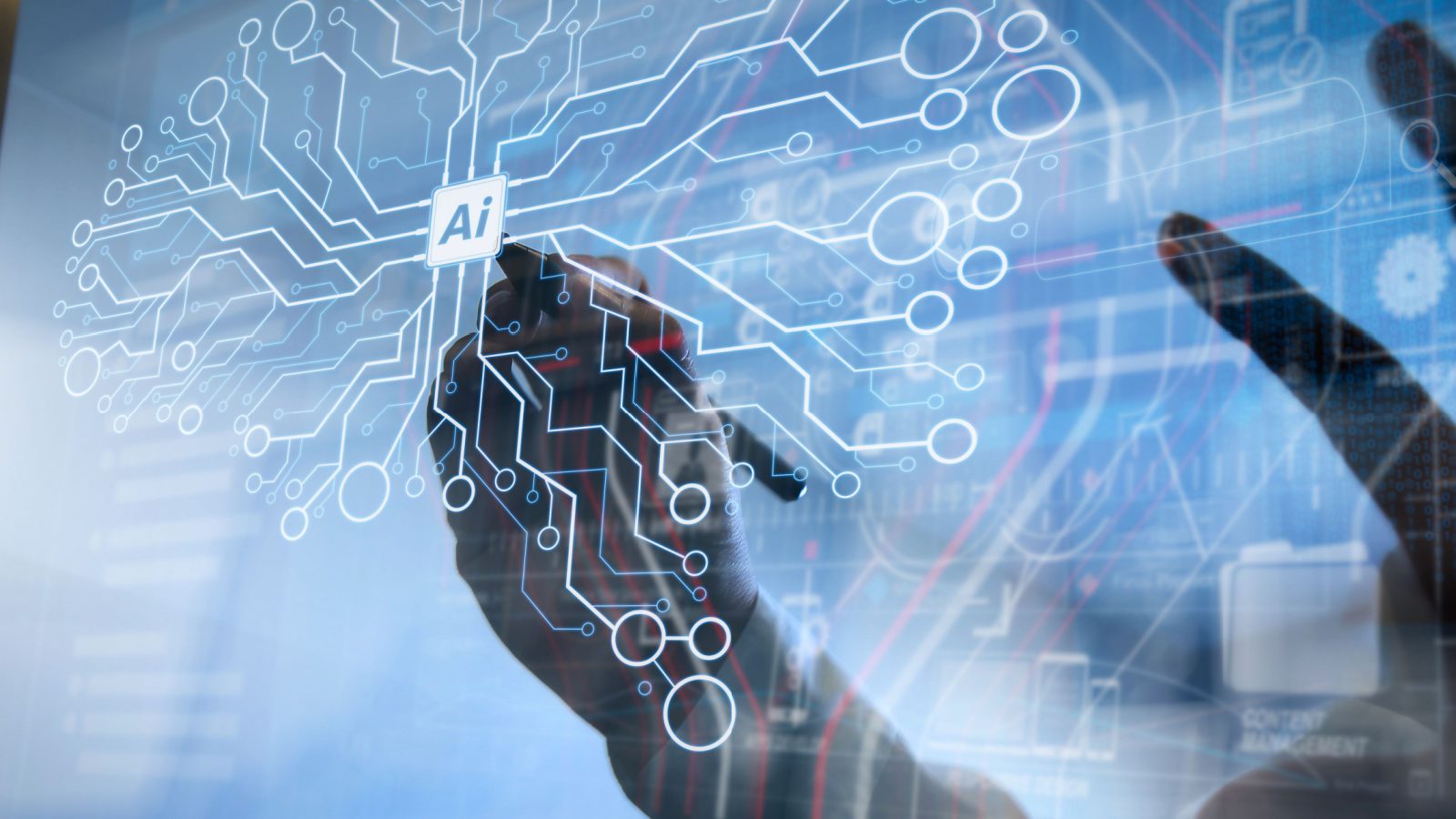What is Artificial intelligence, how it works
Welcome to the world of AI
Artificial intelligence is undoubtedly the hottest topic at the moment, and VKEU is also thinking about how to use AI to improve our efficiency,The following reprinted content introduces some basic concepts of artificial intelligence, let us learn and think together.
While not always obvious, artificial intelligence has been a fixture of day-to-day life for millions of people for years. Virtual assistants like Siri and Alexa are prime examples of how AI can support humans in a variety of ways – if only by making things more convenient.
Yet when generative AI like ChatGPT burst onto the scene, its uncanny ability to mimic human response and ready availability to everyone with a computer suddenly pushed discussions about machine learning and ethics into the public sphere. Concepts like deep learning, NLP and neural networks have seeped into everyday professional and even personal conversation.
For those unfamiliar with computer science, it can be overwhelming to try and grasp the many facets of artificial intelligence and their implications. Here, we break down what artificial intelligence is, how it works, the difference between machine learning, deep learning, natural language processing and more. Let’s dive in.
Understanding the basics: What is artificial intelligence?
At its core, AI refers to a machine or computer system’s ability to perform tasks that would typically require human intelligence. It involves programming systems to analyse data, learn from experiences, and make smart decisions – guided by human input. The most familiar form of AI is virtual assistants like Siri or Alexa, but there are many iterations of the technology.
AI has the potential to revolutionize various industries by enabling machines to solve complex problems and think intuitively, going beyond mere automation. This encompasses various subfields and technologies, such as machine learning and natural language processing.
Building a responsible artificial intelligence
With an ability to synthesize, analyse and act on enormous amounts of data in seconds, artificial intelligence is extremely powerful. As with any powerful technology, it is crucial we implement it responsibly to maximize on its potential while minimizing negative impacts.
For example, if trained using unscrutinized data, AI can replicate harmful biases about race, religion, upbringing or other human characteristics. This could be potentially disastrous if embedded in artificial intelligence used in health, recruitment, law or other human-centred applications.
Another of the key ethical concerns surrounding AI is privacy. With AI systems collecting vast amounts of data from databases worldwide, there is a need to ensure that personal information is protected and used responsibly. For example, facial recognition technology, often used in security systems or social media platforms, raises questions about consent and potential misuse.
What is machine learning?
At its core, machine learning refers to the ability of a computer system to learn from data without being explicitly programmed. One example is spam filtering in emails. By detecting similar patterns in spam messages, email platforms can learn what messages are useful, and what should be kept out of the inbox.
So how does machine learning work? It starts with data. Lots of it. Machine learning algorithms are trained on huge datasets which they learn to analyse to identify patterns, relationships and trends. These patterns can then be used to make predictions or decisions on new, unseen data.
What is deep learning?
Deep learning and machine learning are sometimes used interchangeably, but there is a difference.
Deep learning is a type of machine learning. However, deep learning can analyse more types of information and perform more complex operations. The process behind deep learning is inspired by the structure and function of the human brain – specifically the way neurons are connected and work together to process information. This allows it to make more nuanced and in-depth predictions from data.
For example, in basic machine learning, a computer could learn to recognize birds in pictures. Trained on pictures of birds and other animals or objects, the machine learns to distinguish between them by being exposed to unique avian features such as wings and beaks.
Deep learning takes this a step further. Staying with the bird example, deep learning might learn to recognize not just basic bird features, but also intricate details like feather patterns, making it more accurate in identifying birds and even able to separate eagles from pigeons.
What is natural language processing?
Natural language processing (NLP) is a field of artificial intelligence that focuses on enabling computers to understand and interact with human language.
NLP involves a wide range of technologies that allow computers to understand the structure and meaning of human language. It encompasses tasks like speech recognition, natural language understanding, and natural language generation.
By analysing and interpreting language, NLP enables computers to extract useful information, answer questions, and carry on conversations. For example, virtual assistants like Alexa can understand and provide information about the temperature outside, the news headlines or the average weight of an orca whale.
What are neural networks and how do they work?
Imagine the human brain: a web of billions of neurons, receiving information from the external world, sending that information to other parts of the brain, synthesizing what it means based on past experiences, and communicating a reaction in response.
Artificial neural networks are mathematical models that enable deep learning. At their core, they are an imitation of the human brain. Made up of layers of interconnected nodes – called artificial neurons or perceptrons – each artificial neuron takes in inputs, performs calculations and generates an output. These outputs are then passed on to the next layer of perceptrons, creating a hierarchical structure.

